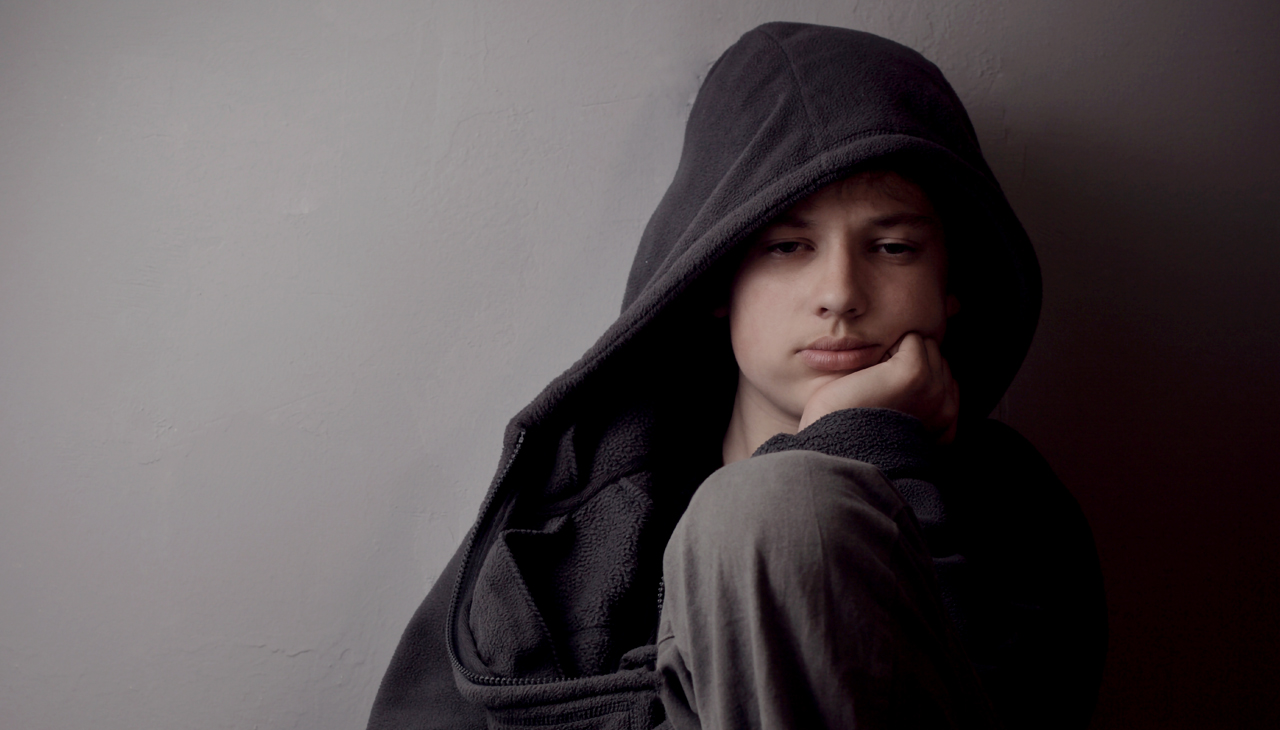
Gentrification: The eviction next time
With the boom comes fear. That’s what we are living through now. The homeowners on my block have heard the numbers — 20,000 apartments coming online in the…
Brooklyn is undergoing a construction boom that dwarfs anything in the last 50 years or more. As I write these words on the third floor of my house, within the radius of 20 city blocks, there are 10 or so skyscrapers going-up, at different stages of completion. Many of these will end-up taller than the 37-floor Williamsburgh Savings Bank Tower, which, since its completion in 1929 and up until 2009, was the tallest building in Brooklyn, by far. Built in splendid isolation on the outside edge of downtown Brooklyn, far from the Manhattan skyline, the solitary giant was visible from any elevated train or corner of the sprawling borough. The tower helped generations of Brooklynites orient themselves. In a borough modeled after Paris, designed not as a grid but as a spoke-and-wheel pattern, where streets do not run North-South and East-West, it was our North. Soon, it will be surrounded and overshadowed by 50- and 70-floor cousins, a giant no longer.
With the boom comes fear. That’s what we are living through now. The homeowners on my block have heard the numbers — 20,000 apartments coming online in the next five years, and, yet, no new schools, no new trains. “Trains and schools are already overcrowded and underfunded,” says my neighbor Tony. “They must of thought of something.” By ‘they’ he means the politicians who changed the rules to allow so many skyscrapers to go up. “They can’t really be the clowns they appear to be. Can they?” No one really know what this will mean for life here. None of us have lived through transformation on this scale before. We live in an urban test-tube.
Some are getting out before the flood breaks.
John is so tired of schlepping early-morning coffee and bagels to the office-bound crowd he can taste the freedom. He opened the little café, with his ex, years ago. Now he is negotiating with the landlord to buy out his lease. He plans to use the money to study for a real estate license.
For Natasha, leaving the neighborhood was like amputating a limb. She was a leader, one of the parents who, in the 1970s, broke into a vacant lot to build a wooden pirate ship for the neighborhood kids to play on. She created and sometimes single-handedly staffed the local arts and crafts market. The day she left — selling the home where she raised her kids to buy another one deeper in Bed-Stuy — she went door to door to say good-bye.

Others are half-way between John and Natasha, liberation and mourning. The owners of the car repair shop on the corner, a Haitian immigrant family, fought eviction and enlisted 20 years-worth of neighborhood friends in their battle. There was a petition, free legal representation, a local delegation to city council. The landlord backed down, offered a short-term renewal. The neighborhood threw a victory over gentrification party. But a year later, more or less, they were gone. Their customers were moving further out, new neighbors were complaining about the noise and the cluttered sidewalks, bike sharing was killing the bike repair business.
Then, there are those who get evicted, but cannot leave. The neighborhood of Bedford-Stuyvesant and its environs has one of the highest eviction rates in New York City. The evicted struggle to find new shelter. When they do, it is often a precarious situation. When they don’t, especially single men, they can end up homeless, living on the same streets they grew up on, and played on, as kids.
Although, from a distance, homelessness appears to be a binary condition, like pregnancy, either you are or you are not, up close things are much less defined. Tony Obama is a sunny presence on the block, good natured, helpful, friendly. He lived with an older couple up the block, paying for his room by keeping the place up, doing shopping and errands. When the old man died, and the place was sold, he was pushed out to float, staying here and there. Friends in the neighborhood help find him jobs and places to stay.
Justin is a grimmer, darker story. A towering, muscled, elegant-featured man in his 50s, he lives with his aunt. But he is an addict with a temper, and when he gets be too much she throws him out. He takes his stuff and camps out in the emergency room of the nearby hospital, or in the park, or on a porch near the house where he grew up. If one tries to send him away he will stand his ground. His claim is that of the past — he played there, lived, fought, cried there — a form of ownership that has nothing to do with dollars and cents.
When the immense towers of steel and glass are completed, in the next few fears, a flood new couples and families will arrive. They will wash away the old history, networks, knowledge, and claims —like so many rogue pirate ships. Here is hoping that what is built is as rich as what is lost.
I ran into Tony Obama recently. He told me that he is living in one of the few new high rises that has been finished. He has a place on a low floors and loves it, nothing to repair.
There is always hope.









LEAVE A COMMENT: